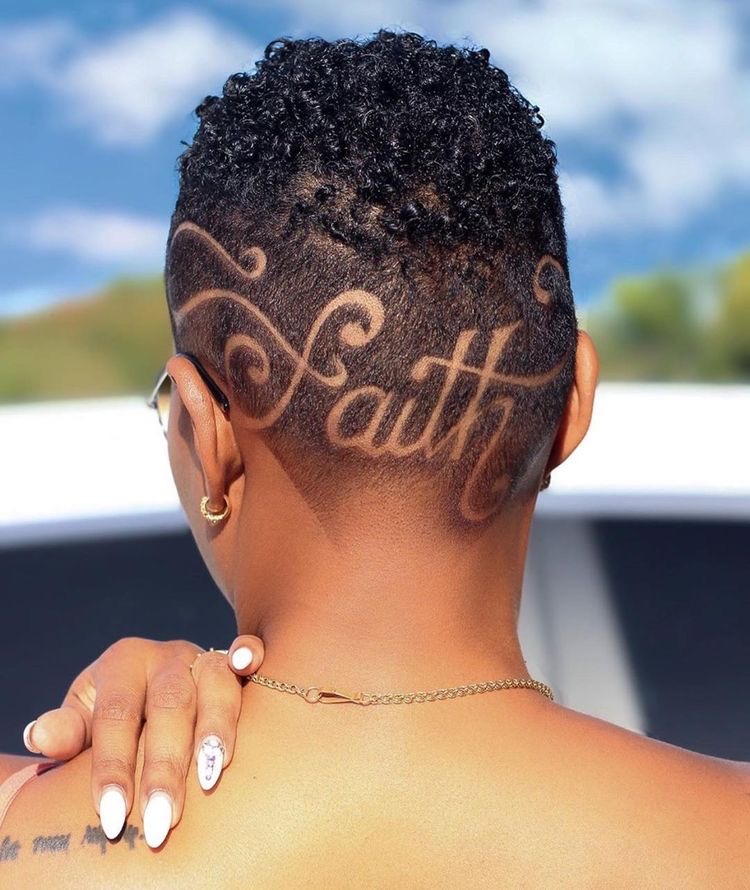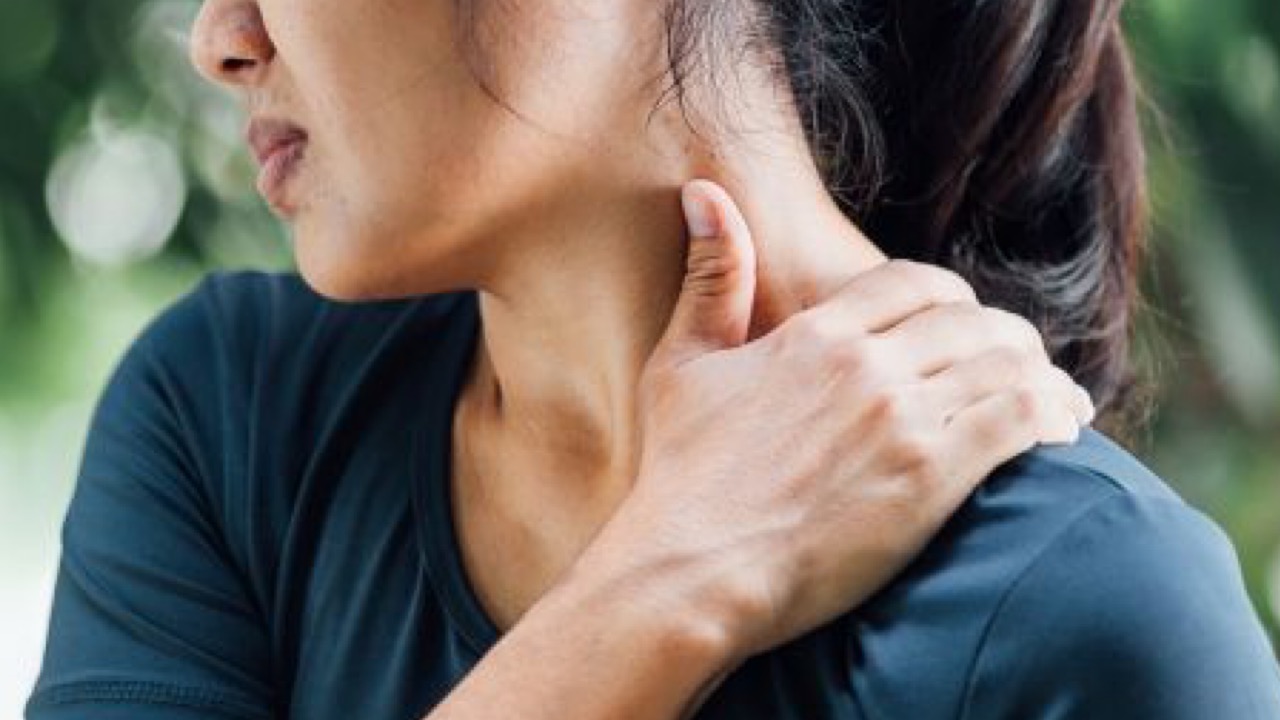
It’s frustrating and downright traumatic to lose hair or to look in the mirror one day and notice that you have much less than before. Hair loss can come gradually with time so that you barely notice it, or it can come suddenly.
Have you been doing your best to take care of your hair, but find it’s still not growing? Does your hair feel thinner than last year? If so, you’ll need to first determine whether you have a breakage issue or a legitimate scalp condition.
If you have breakage, you may notice that the roots are much thicker than the ends. Another sign of damage is meek strands in areas where you’d usually place a ponytail holder, or broken curls at the back of your head from not protecting it at night with a satin bonnet.
If you’ve ruled out breakage, and your hair looks thin at the root, it’s time to examine your scalp’s health.
When Protective Styles Aren’t So Protective
Weaves and hair extensions give us beauty on demand, and they look amazing. However, many of these protective styles can cause permanent hair loss. If you consider a style like individual micro braids, where every centimeter of hair is being pulled in over 100 ways, it’s alopecia waiting to happen.
Braids and other tight extensions may be fine for 1-2 years if you are in your 20s or 30s, but your cell replacement slows as you approach 45 years old. Hair follicles become so abused with tight protective styles that they will no longer perform, and you are left with hair that won’t grow. And worse, a follicle can cease to function after its hair has shed, leaving you with a bald spot.
Therefore, it is vital to care for your follicles well and don’t misuse them. Some protective styles treat both the hair and the follicle well. Here are four protective styles that you don’t need to pull tight:
How to Cleanse the Scalp Well
Letting your hair go too long between washes can cause lice, dandruff, or a scalp infection. The most common scalp infestations are fungal. Tinea versicolor, ringworm (athlete’s foot), and candida can all happen from not cleansing the scalp well enough or washing your hair too infrequently. Here are some ways to keep your scalp clean and ready to grow hair:
Clean your scalp frequently. Aim to wash your scalp 1-2 times per week. Your hair will love the hydration. Washing the scalp doesn’t mean you need to drench your hair in shampoo. Hair doesn’t need shampooing as much as it needs conditioning. Aim to wash the scalp, and condition the hair. Scrubbing the middle and ends of each strand can be drying to natural hair. You’ll get run-off shampoo that will coat the hair
regardless, but at least you won’t be scrubbing it dry and creating unnecessary friction.
Use a scalp massager. Fingernails can damage hair follicles when you’re shampooing your hair, and they’re not effective for even saturation. Scalp massagers are gentler but firm enough to spread shampoo evenly and remove gunk from the skin. They can be manual or battery-operated, but both are effective.
Don’t sleep with a wet scalp. Leaving your scalp wet all night can be dangerous because it leaves you vulnerable to fungi, bacteria, and other infections.
Bacteria loves warm, dark, and moist areas, so your freshly washed scalp could become prime property if it’s wet all night. Make sure that you dry the scalp as much as possible before sleeping if you’re setting an overnight style. You might consider using a satin pillowcase instead of a bonnet if your hair is very wet before bed time. Using the satin bonnet when your hair is wet could cause scalp problems.
Cleansing the scalp is an essential step to having a healthy scalp and hair. If you make these tips part of your beauty regimen, you’ll have thicker, denser and longer hair.
Nutrition for Scalp Health
Getting proper nutrition is one of the smartest things you can do for your scalp. Hair and skin are made of protein, so lacking it in your diet will cause your hair to suffer. Your follicles need to be fed daily to fuel their activity. Having weak and thinning strands is often a sign of poor nutrition. Aim to eat meals rich in protein and green leafy vegetables to create healthy hair.
Omega-3 fatty acids help cells to perform optimally, and the body needs this essential fatty acid to survive. Unfortunately, eating fish every day isn’t an option because of the high mercury and PCB levels, so you should consider taking a supplement. Supplementing with omega-3 fatty acids will improve the hair follicles’ ability to produce hair. It will help to reduce inflammation and irritation of the scalp as well.
Getting the right nutrition and maintaining an active lifestyle will help to increase the circulation of blood to the head. We spend most of the day in an upright position, so we need to be proactive about helping our blood reach our scalps. We can achieve this by maintaining an active lifestyle and giving our body nutrition that will help to build great cells.
There’s no way to get the beautiful, lustrous hair you want, without having a clean and well-nourished scalp. If you take good care of your scalp, it will take care of you by creating gorgeous hair.
Do you make scalp care part of your beauty routine? What are some things you like to do to nurture your scalp?
Purchase your Scalp Serum Below
Reference
Health Topics





